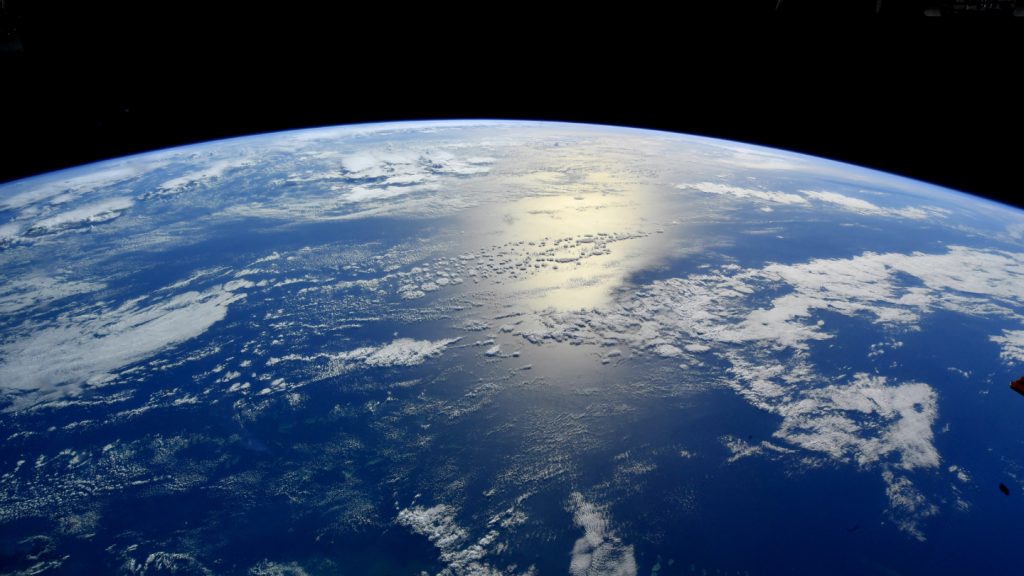Summarize this content to 2000 words in 6 paragraphs
Take our AI Survey
Science News has partnered with Trusting News to gather feedback on the potential use of AI in journalism. Currently, we do not publish any content produced by generative AI (see our policy). We do want to hear your views on how Science News could use AI responsibly. Let us know by participating in a short 10 question survey.
“These two papers reinforce each other tremendously, and I think their story is becoming really compelling,” says Alessandro Morbidelli, a planetary scientist at the Côte d’Azur Observatory in Nice, France, who was not part of either research team.
The four planets closest to the sun — Mercury, Venus, Earth and Mars — all formed in the inner part of the solar nebula, the disk of gas and dust that spun around the newborn sun. The solar nebula’s inner region was so dense that friction heated it enormously, drying it out. Many researchers have therefore proposed that Earth got its water only after ice-bearing asteroids and comets born far from the sun hit Earth.
In 2020, however, researchers reported a surprise: Hydrogen exists in rare meteorites known as enstatite chondrites, which resemble our planet’s building blocks (SN: 8/27/20). The discovery suggested that Earth’s building blocks possessed plenty of hydrogen right from the start, cosmochemist Laurette Piani of the University of Lorraine in Vandœuver-lès-Nancy, France, and colleagues found.
But some scientists doubted the result. They feared that water on present-day Earth had contaminated the meteorites with hydrogen.
Last year, the researchers in France reported that the hydrogen in enstatite chondrites is bonded to sulfur. Now another team has discovered that most of the hydrogen is locked inside pyrrhotite, a bronze-colored iron sulfide mineral, Thomas Barrett of the University of Oxford and his colleagues report in a paper submitted to arXiv.org on June 19.
“Their arguments about the spectroscopic characterization of where the hydrogen is living in the rock are good,” UCLA cosmochemist Edward Young says of the latest work. That means the hydrogen is native to the meteorite and not the result of terrestrial contamination.
Morbidelli agrees. “It explains why enstatite chondrites have hydrogen,” he says, calling the discoveries over the past four years a paradigm shift. “You don’t accrete water. You accrete hydrogen and oxygen separately in different minerals, and then they combine with each other.”
That’s easy to do because early Earth was hot and molten, covered with a magma ocean. “You can think of a magma ocean as a big ball of hot oxygen,” Young says, because oxygen outnumbered all other elements in the crust put together. Just add hydrogen from Earth’s building blocks and you’ve got H2O.
But Young questions whether Earth’s building blocks actually supplied most of the hydrogen in our planet’s water. He thinks the hydrogen also came directly from the solar nebula, which consisted primarily of molecular hydrogen, or H2, gas. And still more hydrogen, in the form of water, arrived when icy objects hit the Earth.
“From an exobiology perspective, this study of the origin of water from enstatite chondrites is really important,” Morbidelli says. Sulfur is common — the tenth most abundant element in the cosmos — so even in solar systems that lack icy asteroids and comets, rocky planets should be able to acquire hydrogen and turn it into water, setting the stage for the possible development of life on these worlds.


